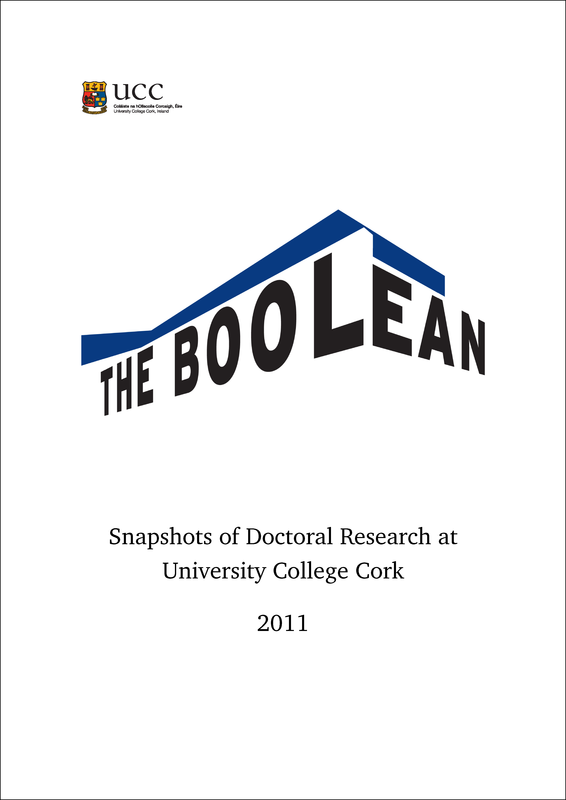Decision support for building renovation strategies
DOI:
https://doi.org/10.33178/boolean.2011.46Abstract
In Europe, buildings account for 40% of energy consumption and 36% of EU CO2 emissions. The energy usage of old structures built or rehabilitated before 1980 is as high as 300 kWh/m2/yr, which is greater than the figure for modern structures and passive houses. Obviously, old buildings are the major users of energy, as they use more than twice as much as the modern building. There are numerous published studies showing that energy savings of 40 to 74% can be achieved in commercial buildings through renovation. Implementing rational renovation, which results in efficient operation and maintenance and facilitates low energy consumption, creates a triple-win situation: it provides a much needed impetus to the European economy, it contributes to the achievements of energy and climate targets and it decreases energy costs for citizens, businesses and public bodies. Normally, the renovation of existing buildings usually involves decision-making processes. The challenge is that ...Published
2011-01-01
Issue
Section
Articles
License
Copyright (c) 2011 the author(s)

This work is licensed under a Creative Commons Attribution-NonCommercial-NoDerivatives 4.0 International License.



